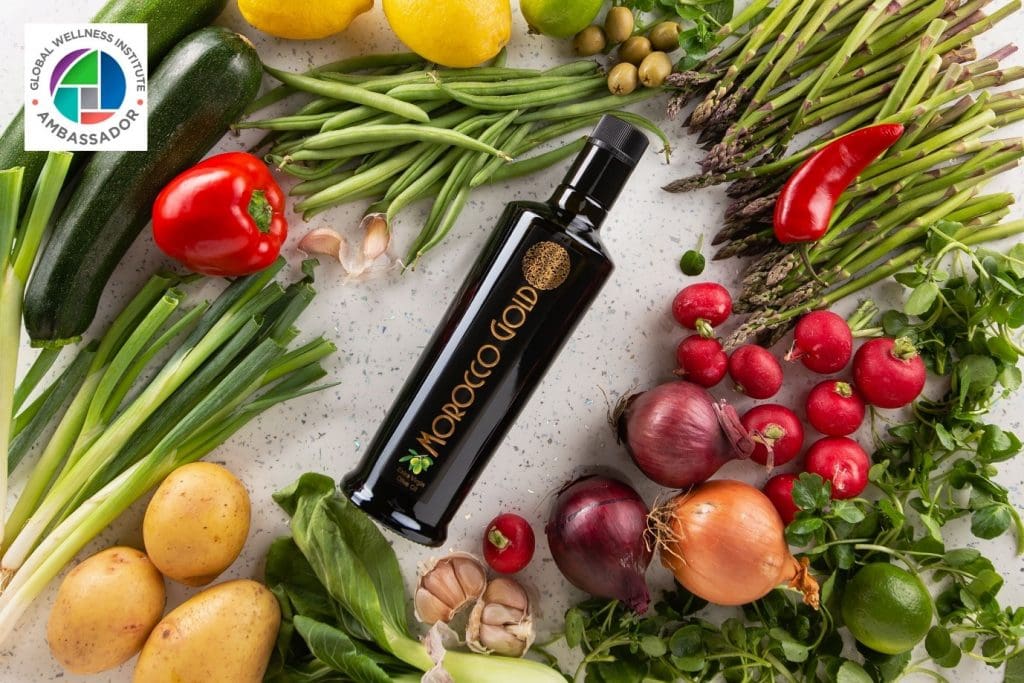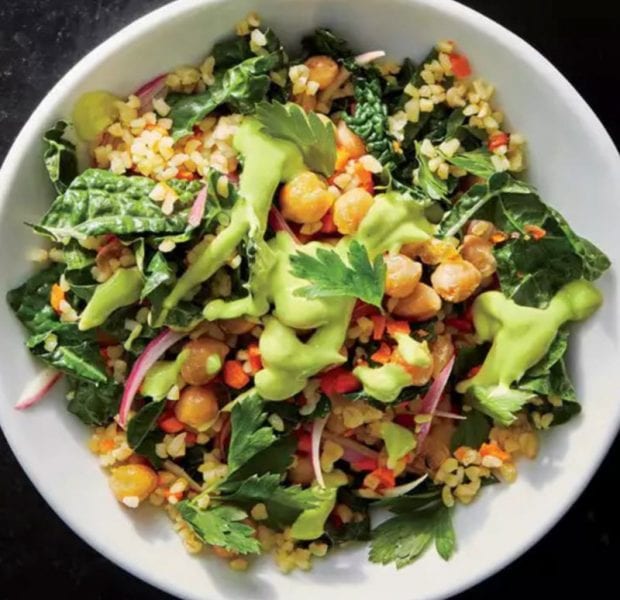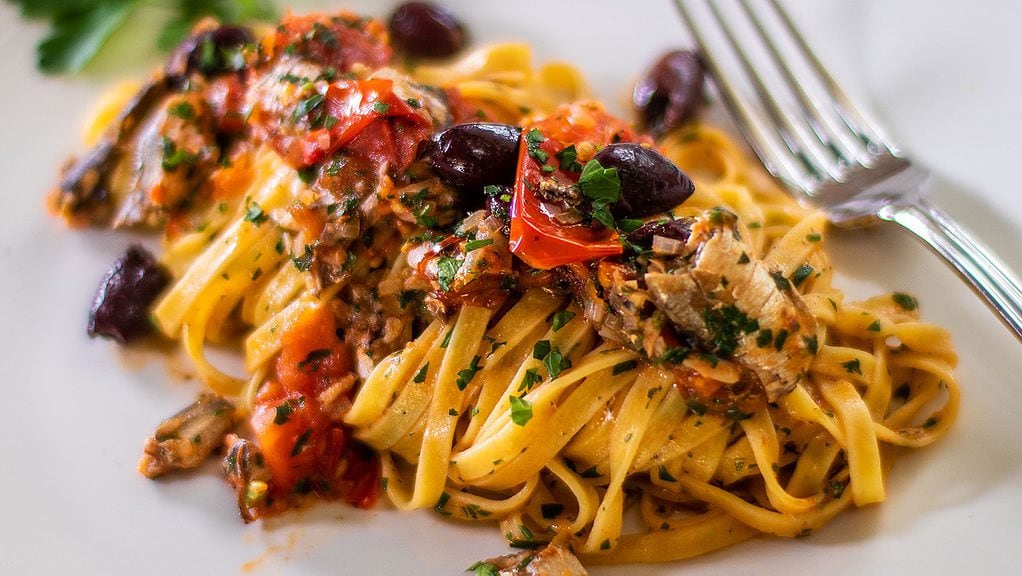
The Mediterranean diet has been widely reported as a model of healthy eating, for its contribution to a favorable healthy status and for numerous health benefits, including its inverse relationships with cardiovascular diseases (CVDs) obesity, dyslipidemia, elevated blood pressure and impaired glucose tolerance.
In addition, many investigators have already underlined the beneficial role that this dietary pattern may have in coagulation processes and inflammation, since it provides a significant source of antioxidant vitamins.
According to the original definition, the typical Mediterranean diet is characterized by high consumption of olive oil (in particular extra virgin olive oil), vegetables, legumes, whole-grain products, fruits and nuts. The intake of saturated animal fats is relatively low, and there is a moderate fish consumption.
Cost is often cited as one of the barriers to eating a healthy diet, especially when it comes to the Mediterranean diet, but does it actually cost more to eat well?
Research conducted in Australia has in fact shown that following a Mediterranean diet does not cost more and can be cheaper than the poor-quality diet that many Australians currently consume.
A study by Opie et al, assessed whether the Mediterranean diet was affordable for a population with major depressive disorders, as compared to their current unhealthy eating pattern, and showed that the Mediterranean diet was $22 cheaper per week. While the study looked specifically at a population with depression, the authors noted that the poor-quality diet of study participants was likely reflective of dietary habits of the general population in Australia, as most of the population fail to meet the Australian Dietary Guidelines.
Another study conducted by the University of South Australia compared the cost of popular weight loss diets to healthy eating patterns such as the Mediterranean Diet and the Australian Guide to Healthy Eating, with the Mediterranean Diet coming in as the second cheapest option per week.
International evidence also supports the affordability of the Mediterranean diet. A study conducted by the Miriam Hospital and the Rhode Island Community Food Bank showed that following a mostly plant-based Mediterranean-style diet (the ‘plant-based olive oil diet’) was significantly cheaper than following the USDA recommended ‘MyPlate’ guidelines. The authors suspect this reduction was largely due to the lack of meat in the ‘plant-based olive oil diet’, which can increase costs significantly.
The above study highlights that when considering the cost of an eating pattern, it is important to think about the total diet, not just singular components. While the Mediterranean diet includes foods such as extra virgin olive oil and nuts (which are considered expensive), it also includes large quantities of cheaper foods such as legumes, seasonal produce, and grains such as rice and pasta. Red meat is also only eaten in small quantities in this largely plant-based eating pattern, bringing down the overall cost.
How To Start The Mediterranean Diet On A Budget
There are many other practical ideas that can reduce the cost of the Mediterranean diet – see below for our top budgeting tips.
1. Eat Seasonally
A traditional Mediterranean Diet consists of seasonal fruit and vegetables. Choosing to buy fresh produce when it is in season is not only cheaper but is often tastier and can be better for the environment
2. Consider cooking with beans.

Beans and legumes such as chickpeas, black beans, and lentils are not only good sources of fiber and plant-based proteins, but they are also really inexpensive.
3. Choose Frozen And Canned Options
Frozen vegetables are just as nutritious as fresh varieties but can be much more affordable and readily available. The same goes with legumes such as chickpeas, lentils and beans. These healthy foods can be purchased in cans and are a great way to bulk up a meal for a lower cost.
Buying frozen vegetables likely won’t cost you any of their health benefits.”Although they may not be as pretty, canned and frozen vegetables [likely] contain the same amount of nutrients as their fresh counterparts,” said registered dietitian Carly Johnston, MS, LDN.
Canned fish such as tuna, sardines and salmon are also great alternatives to the more expensive fresh fillets and can be budget-friendly ways to add more of them into your diet,” They are still a great source of protein and heart-healthy fats, and can even be a source of calcium and vitamin D if you go for the options that still contain the bones.
4. Use One Cooking Oil
Instead of wasting money buying multiple different cooking oils, buy one bottle and use it for everything. Extra virgin olive oil is the key fat source in the Mediterranean diet, and this highly versatile oil can be used for all domestic cooking – from salad dressings through to frying and roasting. Make sure it is a quality oil like Morocco Gold extra virgin olive oil.
5. Limit how much red meat you consume.
While on the Mediterranean diet, try to stay clear of red meat. REUTERS/Henry Romero
“One of the biggest differences the Mediterranean diet has over the typical Western diet is that it cuts back on red meat, which can often be costly,” Johnston said.
Limiting your consumption of red meat and switching to chicken or fish can help reduce expenses, according to Johnston.
6. Consume fat from healthy sources, like nuts.
When it comes to healthy fats, nuts are a great choice. In terms of healthy fats, which are a large part of the Mediterranean diet, focus on nuts and seeds as they are the most budget-friendly yet concentrate sources of these heart-healthy fatty acids, said registered dietitian Rachel Fine MS, CSSD, CDN.
7. Get creative with pasta dishes.

With an average retail price of $1.45 per pound, pasta is one of the most inexpensive foods you can buy and is an integral part of the Mediterranean diet,” said registered dietitian Diane Welland, MS.
Pasta is easy to buy, easy to prepare, and pairs well with healthy, low-cost Mediterranean diet staples like leafy greens, legumes, and vegetables like tomatoes, zucchini, and broccoli.
8. Don’t forget about eggs.
Eggs are extremely versatile and found in many Mediterranean dishes. Pasta and eggs are perfect partners and dishes like pasta carbonara can be inexpensive and easy to make. Eggs also make an ideal meal on their own paired with vegetables like potatoes, asparagus or peppers.
9. Buy in bulk
The Mediterranean Diet lends itself well to buying in bulk. Foods such lentils, legumes and wholegrains can be purchased in large quantities and stored safely, saving money.
10. Utilise leftovers
When cooking, double the recipe and utilise the leftovers for lunch the following day. Meals purchased outside the home can be less healthy as well as expensive so using up leftovers is a simple way to save.
